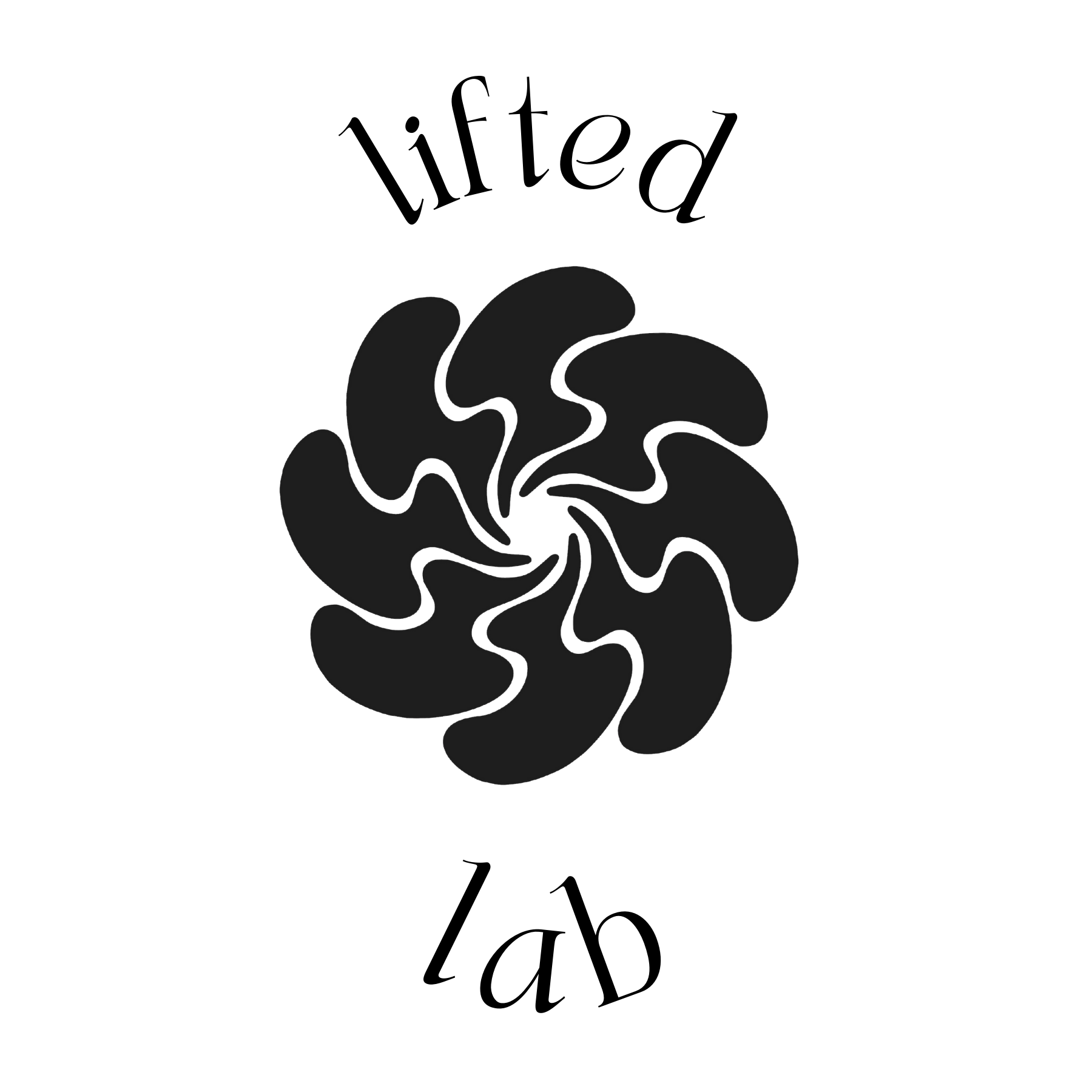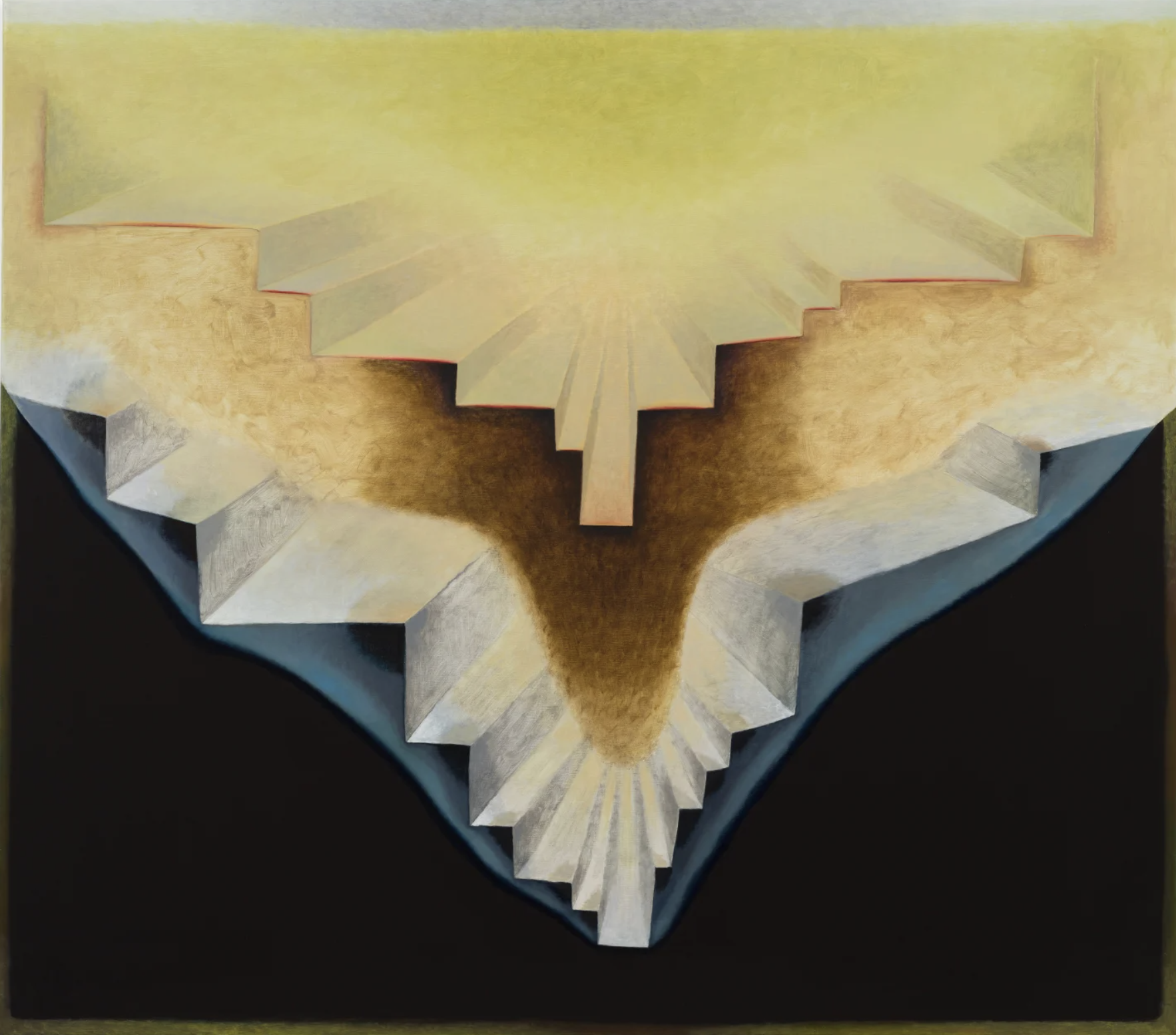Art Analysis: Theodora Allen "Monuments, No. 1"

Theodora Allen, Monument, No. 1, oil paint and watercolor on linen, 67 x 57 inches,2018.
Written by Amy Nadine
Poetic Analysis of Theodora Allen’s “Monument 1”
Ekphrastic No. 1
a severed hand
among the flowers
a ghost a grip an offering— no overflow, no fluidity
just a quiet bone/blue vessel—
what is within? cloud and
dust?
blood and promise?
some receptive emptiness
true as one’s own mother’s
mirrored love?
is it deep enough
to quell what stirs
the modern heart—
coequal, unbounded
minds clasped in ossein
and cruor, prone to doubt
and folly? is it subsumed
by yearning for in
betweens: dreaming
and rousing wild
in the stream of clocks
between fantasy boundary
notion and fact dizzying
daily midday dozes
with thoughts of time
erasing? are celestial
quandaries renewed
through what remains:
plants that heal
shapes that stir
dark forests of potential?
perhaps the contents are
never divulged
the viewers suspended
in ethereal hues / fated
to ponder
mouths open
filling
with that perfect
Fog
Further Review
Theodora Allen’s paintings evoke a sense of limited permeability: worlds of untold mystery which refuse revelation. Her visual techniques seem to summon a veil existing between viewer and what is viewed. Boundaries are everywhere. In Monument, No.1, 2018 the slate gray background contrasts the cream frame and the blue wild foliage within, creating two separate spaces– a now, and a beyond. Yet there’s a whisper of interaction as spare blue leaves fold over into gray, possibly becoming ash as they lose color– their tips blurred.
Is it possible to transcend a dualistic worldview and pierce the great beyond? Or is the effort fated to end in ash?
Such questions hover within Theodora’s imagestic opacity, furthered by the central image of a cup. The cup itself is reminiscent of the Tarot card, The Ace of Cups, which features an open hand and a cup balanced on its palm floating over a sea of lily pads. Here in Allen’s work the muted grays and blues echo the vast past and its intrigue with such archetypal shapes and botanical knowledge; how different are we, really, to our ancestors? What stands between us?
As humans we have always been fascinated with trying to apprehend the future. Since antiquity we have sought to bridge this gap of unknowing by turning to divination practices, reading signs and oracles and omens and dreams. Though Allen claims to approach her representation of Tarot imagery from a Humanist perspective, one that is “more of a belief in your own choices rather than these predetermined trajectories,” she nonetheless admits to supporting the “almost universal idea of the search and our desire as human beings to know what lies ahead.”
It is interesting how culturally relevant Tarot has become in the last decades, becoming common in America during the cultural revolution and now a ubiquitous presence on various social media platforms, online educational forums, and pay-per-minute experts with internet businesses. So what is it about Tarot that has continued to speak to us for hundreds of years?
As someone who has utilized Tarot as a tool for self-understanding since 2013, when I meditate on Allen’s work I am challenged in my understanding of cups as symbolic vessels for the emotional level of consciousness. Because in Allen’s painting the large cup maintains a ghostly feel (as do all of her works in this collection)— one that is impersonal, cold, cracked even: the mouth of the cup, its most intimate component, bears a lip-shaped imperfection reminiscent of a butterfly wing.
There is an urge to apprehend what is (was?) inside the cup, to engage the alchemical process of devouring in order to understand, to lay among the herbs and allow their ancient energetics to heal. Though it is so much more than emotion that gets stirred: it's complication itself, characterized by the entire spectrum of human feeling and connection, including those that are more mysterious, haunting, and less easy to categorize.
It is possible Allen’s reimagining of this symbol could transmit the traditional, prescribed meaning to someone unfamiliar with the practice of Tarot, if only peripherally. As viewing her work not only has the potential to subconsciously (if not overtly) challenge the established archetypal meaning, it also allows the witness to move beyond it and discover their own. Perhaps this points to the ways in which the consciousness of each individual is infused into the whole, how we can understand certain things about art based solely on the fact that we share some common thread— whether that be historical, biological, or something deeper/essential and thus, that much more unfit for being spoken.
Suggestions for Further Reading:
Divination and Human Nature
A Cognitive History of Intuition in Classical Antiquity
By Peter T. Stuck, Princeton University Press 2016
Winner of a 2017 Charles Goodwin Award of Merit Society for Classical Studies



